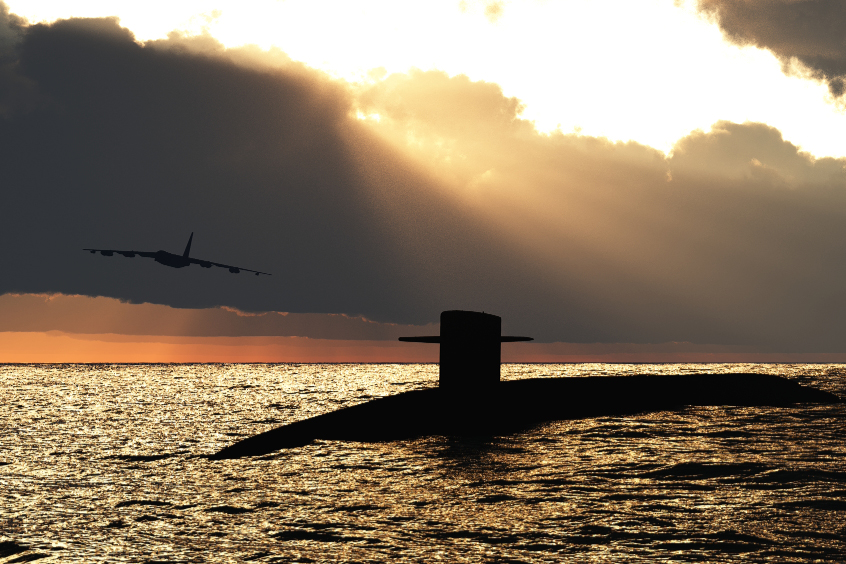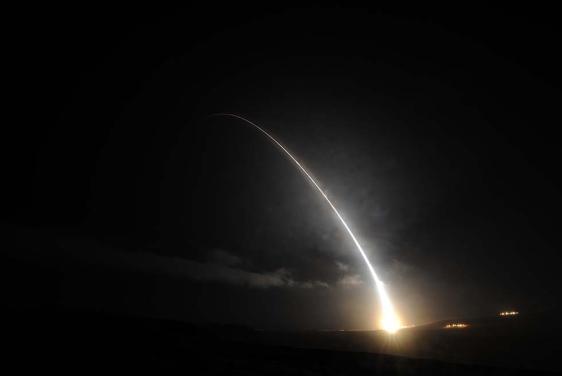
Mission Area
Strategic Deterrence
Building on six decades of vital contributions to the U.S. Navy’s Fleet Ballistic Missile program, Johns Hopkins APL’s Strategic Deterrence Mission Area is transforming strategic systems from their legacy nuclear mission to a broad set of responses to current and future national security challenges.
We demonstrate expertise in system development, testing, and evaluation for the SSBN mission and are applying that knowledge to the critical, newly expanded roles of strategic systems in our nation’s defense.
Leadership

Andrew Mara Sector Head, Force Projection
Learn more about Andrew Mara
Robert Vercher Mission Area Executive, Strategic Deterrence
Learn more about Robert J. VercherHighlights

Dynamic Simulation
With the clock ticking down to the first Minuteman III test flight to feature a miniature analog translator (MAT)—developed and built by APL to replace the obsolete full signal translator (FST) used for real-time range tracking and GPS signal data on prior test flights—qualification tests identified a need to change a configuration file in the MAT ground equipment.
Learn more about
Dynamic Simulation

Ground-Based Strategic Deterrent
APL has a significant evaluation role in the Air Force program to replace the aging Minuteman III system.
Learn more about
Ground-Based Strategic Deterrent

Rapid Prototyping for Launcher Training
We improved on training aids by rapidly and cost-effectively prototyping an interactive pressurization valve for missile tube launcher training.
Learn more about
Rapid Prototyping for Launcher Training
Recent News

Press Release
Sep 8, 2025
Mara Named Head of Force Projection Sector at Johns Hopkins APL
Andrew Mara has been named head of the Force Projection Sector at APL. Mara joined APL in 2023 as the head of the National Security Analysis Department, where he led the development of advanced technical capabilities to enable high-impact analyses of strategic challenges.

Press Release
May 21, 2025
Vercher to Lead Strategic Deterrence Mission Area at Johns Hopkins APL
As head of APL’s Strategic Deterrence Mission Area, Robert Vercher will lead a mission area that provides key engineering capabilities and technical analyses and evaluations to ensure the performance and reliability of U.S. Navy and Air Force strategic systems.

News
Dec 4, 2024
From the Battlefield to Breast Cancer Detection, Johns Hopkins APL Technologies Find Dual Impact
APL researchers used artificial intelligence and two APL-patented imaging technologies to improve the accuracy and efficiency of breast cancer screening. The imaging technologies were originally created for satellite and military applications.